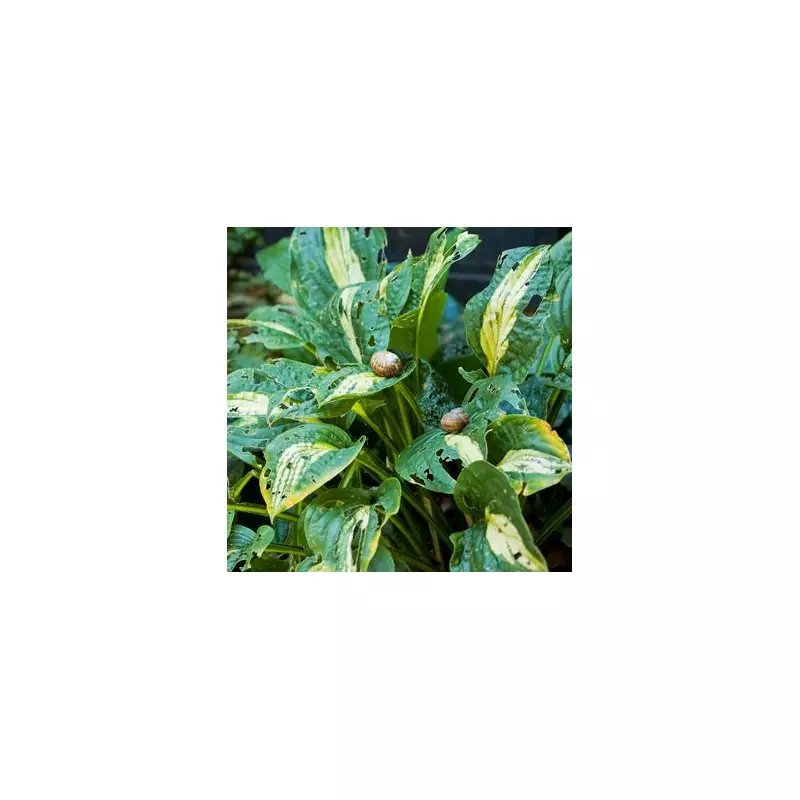
Are slugs and snails turning your beautiful garden into their personal buffet? Before reaching for harsh chemicals, nature provides a surprisingly elegant solution. These slimy invaders have strong botanical preferences - and aversions - that savvy gardeners can use to their advantage.
The Garden's Unwanted Guests
Slugs and snails can decimate carefully tended plants overnight, leaving frustrated gardeners battling what seems like an endless onslaught. However, not all greenery appeals equally to these mollusc menaces. Certain plants contain compounds, textures, or scents that make them distinctly unappetising.
Seven Plants Slugs and Snails Can't Stand
1. Aromatic Herbs - Nature's Pest Repellent
Strongly scented herbs like rosemary, thyme, and lavender act as natural deterrents. Their potent essential oils and fuzzy leaves create an environment slugs actively avoid. Planting these around vulnerable areas creates a fragrant barrier protection.
2. Ferns - The Textural Turn-Off
Most fern varieties possess tough, leathery fronds that slugs find difficult to navigate and digest. Their unique texture makes them far less appealing than tender-leaved alternatives.
3. Euphorbias - The Milky Defence
These plants contain a milky sap that's irritating to slugs and snails. The latex-like substance acts as a powerful natural repellent, keeping your garden borders safe.
4. Grasses - The Uncomfortable Pathway
Ornamental grasses with sharp-edged blades create challenging terrain for soft-bodied molluscs. They'd rather dine elsewhere than navigate these uncomfortable surfaces.
5. Japanese Anemones - Beautiful but Bitter
These elegant flowering plants contain compounds that make them distinctly unpalatable. Their beauty remains untouched while they help protect neighbouring plants.
6. Tough-Leaved Evergreens
Plants like bergenia with their thick, rubbery leaves offer little appeal to hungry slugs. Their durable foliage withstands what more delicate plants cannot.
7. Fuzzy-Leaved Plants
Species with hairy or fuzzy leaves, such as stachys (lamb's ears), create an unpleasant texture that slugs actively avoid crossing.
Strategic Planting for Maximum Protection
Beyond simply choosing slug-resistant plants, strategic placement can create natural defensive barriers. Consider planting repellent species around the perimeter of vulnerable areas or interplanting them with more susceptible varieties.
Expert tip: Combine these botanical solutions with other natural methods like copper tape barriers and encouraging natural predators like birds and hedgehogs for comprehensive garden protection.
By understanding what plants slugs and snails naturally avoid, you can create a beautiful, thriving garden that's far less appealing to these common pests. The secret lies not in constant battle, but in smart planting choices that work with nature rather than against it.





